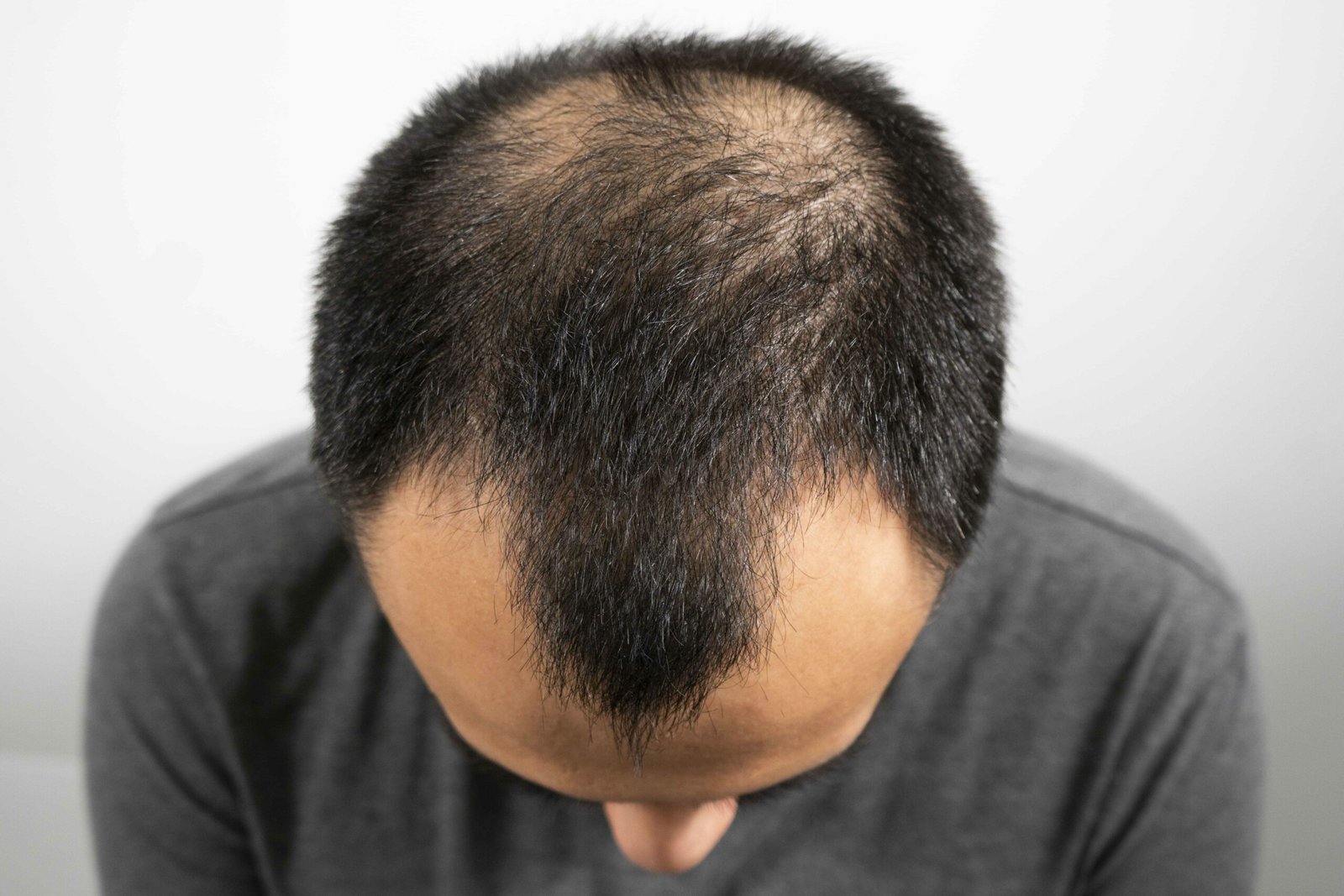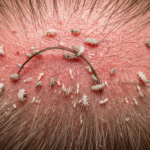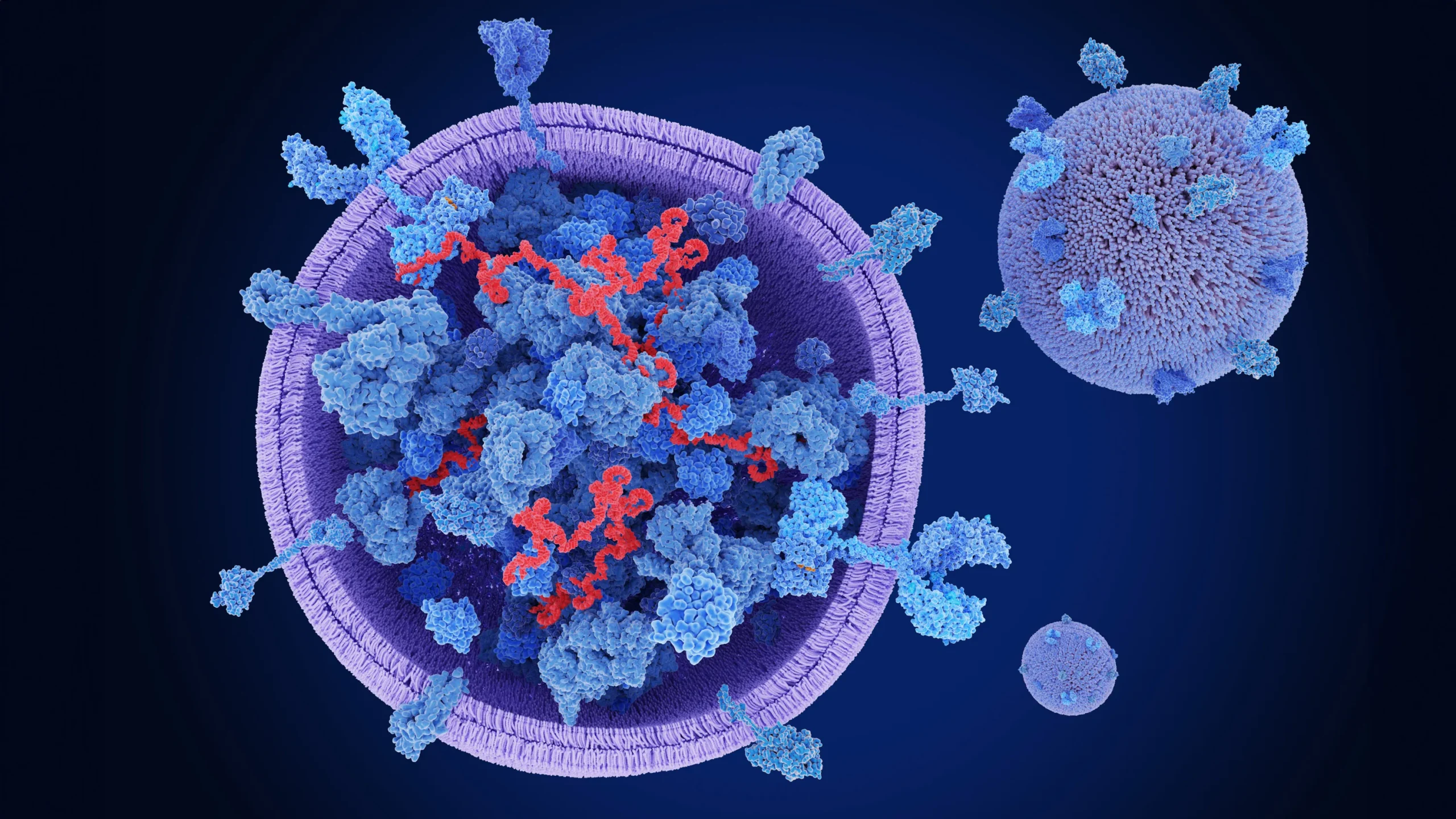Summary Stage 2 hair fall involves noticeable thinning and increased shedding, often due to genetic, hormonal, or lifestyle factors. Early detection and targeted treatments like minoxidil, lifestyle changes, and proper scalp care are essential for managing and potentially reversing the condition. Recovery timelines typically range from a few months to two years, emphasizing the importance …
Summary
Stage 2 hair fall involves noticeable thinning and increased shedding, often due to genetic, hormonal, or lifestyle factors. Early detection and targeted treatments like minoxidil, lifestyle changes, and proper scalp care are essential for managing and potentially reversing the condition. Recovery timelines typically range from a few months to two years, emphasizing the importance of prompt action and ongoing care. Consulting a dermatologist is crucial for personalized treatment and effective management
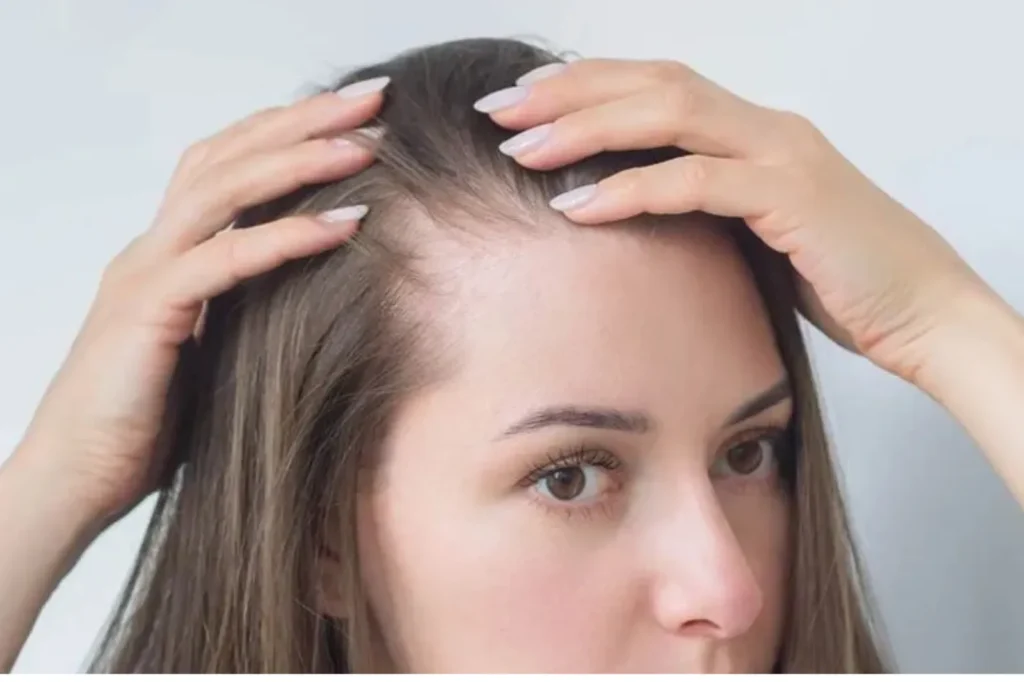
Table of Contents
Introduction
Are you noticing increased hair shedding that seems to be worsening? If you’re in the stage 2 hair fall phase, understanding its causes and solutions is vital for effective management. This article provides expert-backed insights, practical tips, and realistic recovery timelines—empowering you to take control of your hair health. Whether you’re considering treatment options or simply want to prevent further loss, this guide helps you navigate this challenging phase with confidence and clarity.
Understanding Hair Fall Stages: Where Does Stage 2 Fit?
Hair loss does not happen overnight—it progresses through various stages, each with distinct characteristics. The hair growth cycle consists of three main phases: anagen (growth), catagen (transition), and telogen (resting and shedding).
Stage 2 hair fall typically refers to a phase where shedding becomes more noticeable but hasn’t yet resulted in complete baldness. At this point, thinning may be evident at the crown or frontal scalp, signaling the need for timely intervention. Recognizing this stage helps you act before the loss becomes more severe.
Causes of Stage 2 Hair Fall
Understanding why your hair is shedding more rapidly is crucial for effective treatment. Common causes include:
- Genetic Factors: Androgenetic alopecia (pattern baldness) is a hereditary condition affecting many men and women, often starting in their 20s or 30s.
- Hormonal Imbalances: Fluctuations in hormones, especially in women during pregnancy, postpartum, or menopause, can trigger shedding.
- Stress and Lifestyle Factors: Chronic stress, fatigue, and poor sleep can accelerate hair loss.
- Nutritional Deficiencies: Lack of essential nutrients like iron, zinc, biotin, and vitamins D and E impacts hair health.
- Post-treatment or Transplant Shedding: Telogen effluvium following procedures or medication can cause temporary but noticeable shedding.
- Medical Conditions: Thyroid disorders, scalp infections, or autoimmune diseases like alopecia areata can contribute.
Recognizing the Symptoms of Stage 2 Hair Fall
Signs indicating stage 2 hair fall include:
- Increased hair shedding during washing or brushing
- Visible thinning at the crown or frontal area
- Slight scalp visibility or reduced hair density
- Patches where hair appears finer or sparse
Being aware of these signs allows for prompt intervention, preventing further progression.
How to Manage and Treat Stage 2 Hair Fall
Effective management depends on identifying the root cause. Here are proven strategies:
- Medical Treatments:
- Minoxidil: An over-the-counter topical that stimulates hair growth.
- Finasteride: An oral medication suited for androgenetic alopecia (consult a dermatologist beforehand).
- Natural Remedies & Lifestyle Changes:
- Incorporate foods rich in biotin, vitamins, and minerals.
- Reduce stress through meditation, yoga, or relaxation techniques.
- Avoid harsh chemicals, excessive heat styling, and tight hairstyles.
- Hair Care Routine:
- Use gentle, sulfate-free shampoos.
- Regular scalp massages to improve circulation.
- Avoid over-washing—2-3 times weekly is sufficient.
Safe Recovery Timeline & Precautions
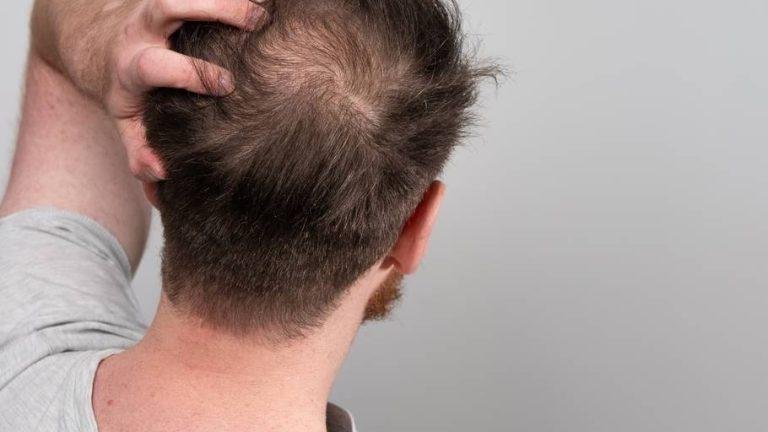
Recovery from stage 2 hair fall varies but generally follows this timeline:
- Initial Improvement: 3–6 months of consistent treatment
- Noticeable Results: 6–12 months, depending on the severity
- Full Regrowth or Stabilization: 1–2 years in some cases
Precautions to Ensure Safe Recovery:
- Avoid harsh chemical treatments or vigorous brushing during early recovery.
- Follow your doctor’s advice regarding medication and scalp care.
- Maintain a balanced diet and manage stress effectively.
- Protect your scalp from excessive sun exposure or pollution.
When Can You Exercise Again After Hair Treatments or Procedures?
Post-treatment activity restrictions depend on the procedure:
- Post-medication or topical treatments: Light activities can typically resume within a few days.
- Post-hair transplant: Avoid strenuous exercise for at least 7-10 days to prevent swelling and bleeding.
- Gradual return: Once healing is confirmed, gradually resume normal activities.
Expert Recovery Tips and Lifestyle Changes
To optimize your recovery:
- Nutrition: Focus on protein-rich foods, omega-3s, and vitamins.
- Stress Management: Practice mindfulness, yoga, or meditation.
- Consistent Scalp Care: Use recommended medicated shampoos and avoid scratching or harsh rubbing.
- Monitor Progress: Keep a hair loss diary to track changes over time.
Many patients notice stabilization within 3-4 months, with visible improvement after 6 months of dedicated care.
FAQs
Q1: What is the difference between early hair fall and stage 2?
Early hair fall is mild, often reversible, while stage 2 involves noticeable thinning and requires prompt action.
Q2: Can stage 2 hair fall be reversed?
Yes, with appropriate treatment and lifestyle changes, many experience regrowth or stabilization.
Q3: How effective are treatments at this stage?
Most treatments like minoxidil or finasteride are effective if started early. Combining therapies yields better results.
Q4: How long does it typically take to see results?
Initial signs may appear within 3–6 months, with full results in 12–18 months.
Q5: Is hair transplant recommended at stage 2?
Consult a specialist. Early-stage transplants can be effective, but medical consultation is essential to determine suitability.
Conclusion & Next Steps
Stage 2 hair fall can be alarming, but early intervention offers a promising chance for recovery. Prioritize professional consultation, adopt a tailored treatment plan, and maintain healthy habits.
Book a consultation with Dr. Uzma Irfan in Islamabad today to ensure a smooth and successful recovery after your hair transplant or hair fall management.

